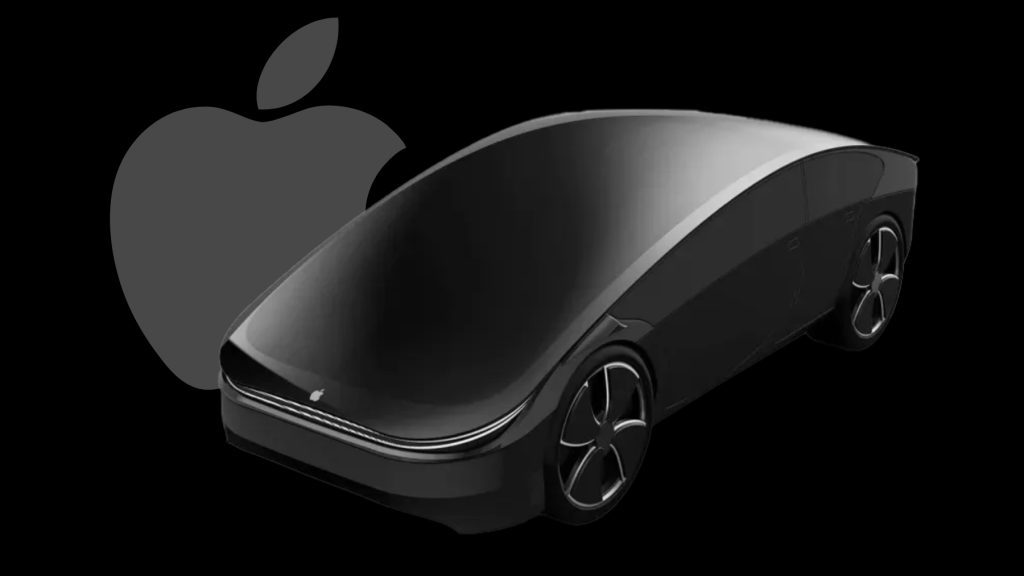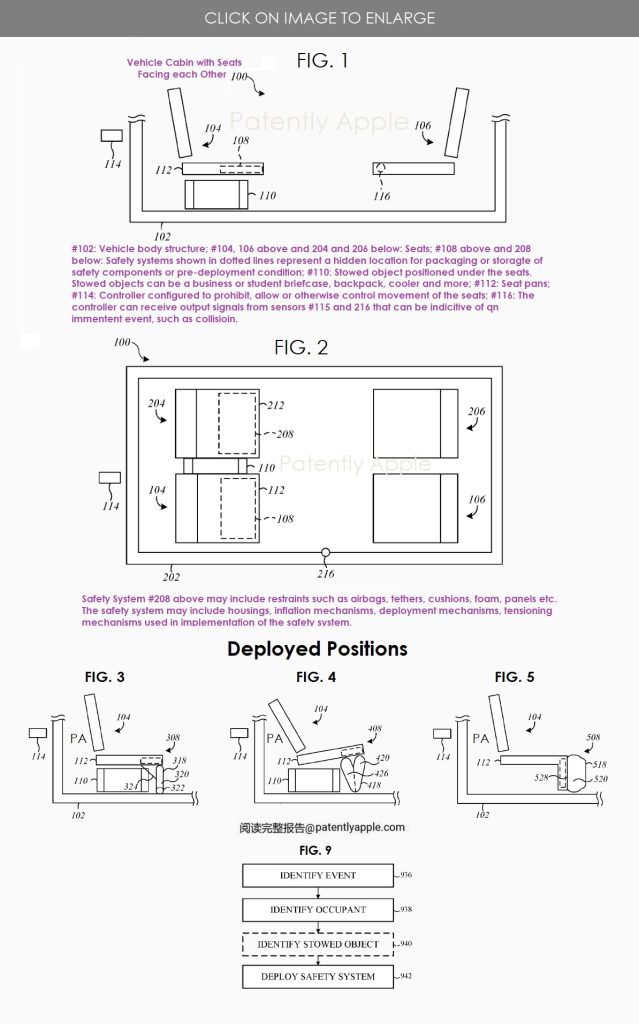
Apple’s automotive Project Titan introduces an airbag system that adapts to the challenges posed by flexible seating arrangements.
- Apple’s Project Titan aims to develop a fully autonomous electric vehicle seamlessly integrated into Apple’s ecosystem.
- The seats rotate, slide, and recline, which makes traditional airbag placements a challenge.
- Apple’s patent proposes storing airbags beneath the seats.
As part of Apple’s automotive project, Titan, the latest patent introduces a unique airbag solution to the company’s ambitious flexible seating arrangements.
Project Titan has been shrouded with secrecy since its reported inception in 2014. Apple’s end goal here is quite ambitious: a fully autonomous electric vehicle that fits seamlessly with Apple’s existing ecosystem. It looks like a computer mouse, doesn’t it?
While they are not inventing something new, they are definitely reinventing the wheel. Usually, in a car, you can take your seat either forward or backward and that’s about it. And the placement of the airbag is pretty standard in all vehicles: in the dashboard.
But with Apple’s seats that rotate, slide, and recline into different positions, the airbag placement becomes less effective. Their solution? Putting the airbag underneath the seats.
Apple’s patent, recently published by WIPO in Geneva, Switzerland, outlines an innovative approach to this issue. The proposed system involves storing airbags beneath the seats, ensuring that the protective restraints can deploy regardless of the occupants’ positions. The patent details a sensor system that detects imminent events, occupant positions, and stowed objects beneath the seats. When an event is detected, the airbag deploys from the seat to restrain the motion of both the occupant and any stowed objects.
Let’s ignore for a second that it’s an autonomous vehicle. That’s a wasps’ nest on its own. And let’s focus on the airbag deploying from underneath seats instead. Based on the illustrated deployed position, courtesy of Patently Apple, there doesn’t seem to be a way to avoid injuries to the legs. In a regular car, their deployment causes airbag burns under certain circumstances. I can only imagine what kind of injury this placement would cause. But I guess, better injured and alive than dead.

While the Apple Car is not expected until at least 2026, the company’s commitment to addressing safety concerns in innovative ways is evident. So, we can definitely see the Apple spark in their approach to this automotive innovation.
The patent’s publication comes amid ongoing testing of Apple’s experimental vehicles, with 68 cars and 162 drivers, according to data from California’s DMV as of January 5, 2024.
Inside Telecom provides you with an extensive list of content covering all aspects of the tech industry. Keep an eye on our Tech sections to stay informed and up-to-date with our daily articles.